It’s probably not very hard to believe that we have a lot of cartoons playing on our TV. In fact, if the experience of parenting has been anything for you like it's been for me, there’s at least one animated anthem on a constant loop in the back of your mind, and you’ve all but given up hope that you’ll ever be able to, shall I say… “Let it go!”
Still, a few weekends past, while I went about a couple chores, Annabelle flipped through the channels to find something to start her Saturday and out popped an old, but familiar theme song about one particularly ornery bear named Yogi. Unchanged by time, Yogi’s antics unfolded before us as he and his loyal sidekick, Boo Boo, chased one “pic-a-nic” basket after another.
And while Yogi’s Jellystone adventures got us giggling in no time, I started to see his shenanigans in a different light. Similar to Jellystone, the folks at the Great Smoky Mountains National Park pride themselves on maintaining a particularly plentiful bear population. In fact, the black bears of the Smoky mountains have gained such a following that their popularity contributes significantly to drawing over 10 million visitors to the park annually. But, if you search the roadsides leading to the park for anything other than bears, you’re bound to see signs imploring you to behave the exact opposite of what you see on screen with Yogi—“PLEASE,” they read, “DO NOT FEED THE BEARS!”
Knowing full well that I’ve never approached a bear—brown, black, grizzly, or otherwise—and offered him a quick snack, or asked if he’d be free for dinner sometime, I figured I must be missing something. So, I headed to Polk County to meet up with a Big Game Biologist in the business of bears. …
Bear Bait Station:
Now I’ll start by saying, when I first talked to the TWRA folks in Region three, and they told me we’d be setting a bear bait station, I feared what my producer had in store for me. Just as the skit of one of my favorite comedians details, I had images of being slathered in BBQ sauce and prancing around the forest crying, “here I am, bear!” Luckily, I was able to quickly sniff out that this wasn’t the case. Instead, the aroma that filled the air was that of … sardines.
Residential Trash Handling:
As I mentioned in my disclaimer, bear bait stations are a great way for professionals to regularly spot check the growth and movement of local bear populations, all while minimizing the chances of a physical encounter or habituating the bears to the presence of people. As it turns out, many of us are already unknowingly running a bait station of sorts around our own home—be it by hanging a bird feeder during certain times of the year, failing to clean up our grills, keeping pet food on our back porch, or even just setting out the trash.
Too often tasked with the unfortunate responsibility of stepping in once a bear has been habituated by human activity, Wildlife Officer Brandon Wear explained the bears aren’t the bad guys—they’re just showing up to the buffet.
Even more frequently than the bears themselves, the wildlife officers—who’ve dedicated their college and graduate educations, careers, and countless days and nights to studying, understanding, and protecting bears—are condemned when a bear is put down. After just an afternoon of driving around with Officer Wear, seeing the frustration on his face when we pulled up on a site, dumpsters brimming with black bags of trash, or listening to his stories of finally being forced to euthanize a bear he had tried so desperately to save, I can assure you that our indignation is misplaced. Having a better understanding of how many of us have unwittingly contributed to bear habituation, I headed off to catch up with an organization that redefines rehabilitation and rescue. …
Appalachian Bear Rescue:
Since receiving their very first bear, named “Zero” during his stay, the Appalachian Bear Rescue has assisted over 250 black bear cubs and yearlings over the past 20 years. Often arriving as orphans, ABR provides exceptional care to give these cubs a second chance, taking measures to ensure this wildlife remains “wild”.
As Joel explained, while you may have heard of the Appalachian Bear Rescue, chances are that you haven’t seen them. But, thanks to a visitor center opened in 2015, ABR now has space where folks can stop in to learn about bear safety, browse gifts from local artists, and hopefully, make a contribution. …
If given the choice—and the production budget—the crew and I would have adopted every bear at ABR during our trip to the Visitor & Education Center. It felt awesome knowing that, rather than a picnic basket, we were contributing to these cubs one day having a fighting chance back out in the wild. And since I couldn’t adopt any more cubs, I headed over to Sevierville to take a swing at being one instead. …
Smokies:
Simply put, so far on this episode, I’ve learned that bears are best left alone. Still, I couldn’t fight the urge in my heart to cuddle a cub … well, maybe not cuddle. Maybe just catch a fly ball.
In all seriousness, I’ve spent the better part of my adult life watching the Smokies play, who, back in 2006, reached a player development contract with the Chicago Cubs. For many years, baseball has provided me with nine innings of nachos and nostalgia, plugging me back into my childhood with each pitch. With the Smokies, however, going to a game means getting out into an absolutely beautiful ballpark as well—the ridges and peaks of the Smoky Mountains rising up like sentries behind the stands.
As luck would have it, today turned out to be just what Rob described—a 70-degree day with the sun shining down. And despite what I said about staying, I soon found my way off the field and into “greener pastures” … well, by my definition.
Truth be told, there’s nothing “minor” about how things are done at Smokies Park—from food and drink that defies the definition of “ballpark,” to fun and games for every age, it was more than just one Baker could handle. Luckily Mandy and Annabelle were on hand to help out. And in a day and age where a movie night usually means a second mortgage, having a cost-effective option to gobble up the great American pastime is just too good to pass up.
Outro:
Too often we treat our backyards like ballparks—leaving out every luxury we can afford based on its convenience. And even though there’s no ticket to get into our yards, the wildlife ends up paying the price. Sitting in the Skybox at Smokies Park, looking out over the sky as the sun slips behind the horizon, and a batter slides into home, there’s no doubt that we’re lucky to call Tennessee home. But as easy as it may be to get caught up in our own lives, we can’t afford to forget … we’re not the only ones who live here.
Our wildlife is part of what makes Tennessee wonderful. And with a little attention what we do and how we act, we can ensure they stay wild for generations to come.

